Over the past year or so, I've really gotten interested in
alternative processors. It started as simple .NET Micro Framework
devices and them moved to C++ directly on Micro Controllers, and is
now expanding to include those interesting processors that sit in
between the bests that run our desktops and the tiny ones that run
hobby boards.
Most processor discussions these days are around x86-compatible
(including x64) processors, or ARM licensee processors and
microcontrollers. Back in the 70s and 80s, before the industry had
settled around just one or two primary processors, there existed
quite a huge field of different cores companies could use to build
their new devices.
One of the more popular microprocessors back then was the 6502.
In fact, it's considered one of the most influential
microprocessors of all time. I'm familiar with this family mostly
due to Commodore's use of it and its descendants in the PET, VIC-20, C64 (MOS 6510) and C128 (MOS 8502) computers. However, Apple also used
it in the Apple I and Apple II line, Nintendo used it in their
first VCS, and many others used them in their computers as
well.
Oh, and:

Which reminded me that the Terminator used a 6502 controlled as
well :)
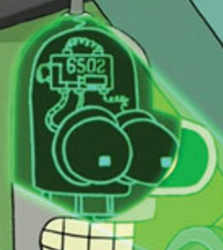
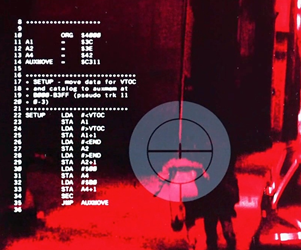
It's a processor that has the hearts and minds of retro geeks
everywhere.
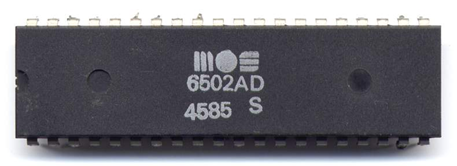
This processor originally started off as a microprocessor for
use in various embedded devices. Remember, at the time, computers
were typically big fridge-sized devices with CPUs (or parts of
CPUs) that took up the space today allocated to an entire
motherboard. It wasn't until some pioneering hardware folks said
"you know, we can make a whole computer out of this" that it was
used for what we'd today call a personal computer.
Here's one of my donor C64s. SID chip was removed, but you can
see the 6510, a 6502 descendant with more IO.
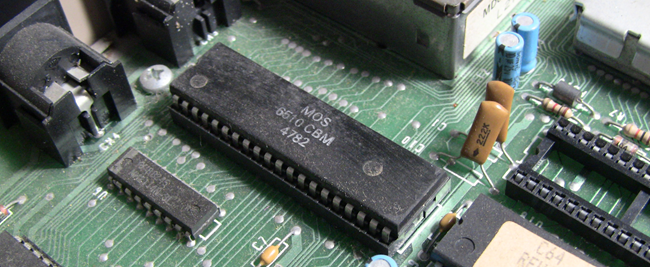
The dust in there is old enough to carbon date.
UPDATE
Jameco has a great page on the 6502 from Western Design
Center. Be sure to check it out when you're done here.
It's Still in Production
Did you know that descendants of the 6502 are still in
production? The Western Design Center, Inc, founded by Bill Mensch of Motorola and MOS fame, sells
modern versions of the 6502 in both the classic 40 pin DIP package
(appears to be pin-compatible with the original), as well as more
modern surface mount packages. These are being used in all sorts of
commercial devices, including external sound interfaces from
companies like MOTU, medical devices and scanners, hand-held games
and more. Bill Mensch is one of the holders of the 6502 patent, so
who better to work on it today than him.
The W65C02S is closest to the original 8 bit 6502. There are
also additional versions that are 8/16 bit hybrids
and can therefore address more memory, and should be compatible
with the Nintendo and Apple IIgs versions of the chip.
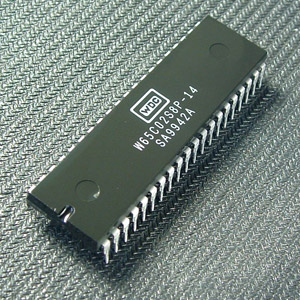
In fact, two just arrived in a box of other goodies from Mouser.
I'm not sure what I'll do with them just yet, but they were out of
stock forever, so I ordered them as soon as they popped back
in.
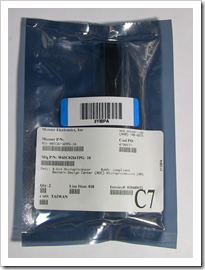

These are the true 8 bit versions with 16 bit extended
addressing, like the original 6502/6510. The 16 bit versions are
even more capable.
So, what exactly could I do with them?
What could you do with a 6502 Today?
Well, first of all, it's a usable microprocessor, so you can
build just about anything you want. For those of us into retro
geekware and who know just enough electronics to be dangerous,
perhaps a modern implementation of a Commodore 64 or Apple II would
be in order? The Propeddle is one such project, using a
Propeller to handle much of the non-CPU work. Unlike most of the
microcontrollers we play with, this has address
lines and supports external memory.
Although they wouldn't necessarily be 100% compatible with the
originals, you could run the new 6502 up at its full speed and
create new versions of the old computers. Perhaps you could even
provide a more functional video controller that could do more
colors than the old VIC chip used by Commodore (and replace also
whatever Apple used in their builds). With those changes, you could
see just what the computers could have been. The challenges would
be speed (running at 1Mhz for the C64 would negate this problem),
and both the additional IO lines and the undocumented opcodes that the MOS 6502/6510
implemented.
You can do all of that with hardware or software emulation of
course, built a real 8-bit computer, using a descendant of the
original chips, could be a fun and rewarding challenge.
